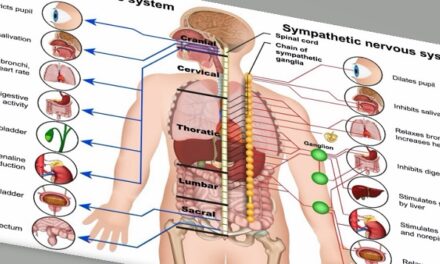As a therapist, I often find what clients seek is an answer to the “why” behind their pain and suffering. “Why am I going through this?” Echoing beyond this three-letter word and call are more such questions that demand justification for pain, namely, “What did I do to deserve the horrible life I am living?” “Surely this must be a punishment for something I’ve done!” “I’m a good person who tries to live right; so why are these awful things happening to me?” We all have potentially arrived as involuntary visitors to this situational place before. It holds a location somewhere between the states of pain and purpose. The journey is marked with signs of confusion, frustration, and anger. The path only seems meaningful if one could just find the highway that connects pain with purpose. In Man’s Search for Meaning Victor Frankl states, “In some way, suffering ceases to be suffering at the moment it finds a meaning, such as the meaning of a sacrifice.” I interpret this to mean that if pain can be explained, then somehow our suffering is not in vain.
I sat with a client in session as she discussed how overwhelmed she had recently become by circumstances within her own life. She was in the mire of discouragement and viewed her life as a tragedy – one filled with misfortune after misfortune, depression constantly at her heels, failed hopes and dashed dreams, and loneliness. Her plot had recently become even more unfavorable as she had been informed her job would be terminated within the next couple of months. Here she was losing a job she believed provided a sense of purpose, financial stability and resources. Now she faced unemployment and feared potential ageism in her late 50s. She was frustrated and angry – mostly with God – and was having a hard time making sense of the chain of events in her life. She said, “I am losing faith in God.” I listened and asked, “What was it exactly that you doubt about God?” From this question, the discussion led to how she no longer believed God’s intentions toward her were inherently good as evidenced by what seemed to be endless adversity she had encountered in her life.
The client returned to session the following week dressed in professional attire that was accentuated by a single strand of pearls which adorned her neck. She shared her intentions to attend a professional networking event later that evening. I offered encouragement and acknowledged her efforts for choosing to go to the event and for clearly not giving up. She shared that she had come across two articles in her readings since the last therapy session and one article reminded her of the popular verse from the Book of Ecclesiastes (3:1) referencing “seasons.” The client noted the article mentioned there is a season for anger and sadness, and she understood this was the exact season in which she now found herself.
I asked the client what she believed is significant about seasons, and she answered, “They change and do not last.” I nodded assuredly. She began to share the second article she had encountered. The client noted having had a personal connection with this story she read as it dealt with a farmer who was angry and disappointed with God for his failed crops. He asked God to give him a chance to harvest his crops all on his own and he would surely do a better job than God. She went on to recount that God took up the man’s challenge and let the farmer have complete control over the harvesting of the seeds. The farmer laid the groundwork for the harvest and ensured he added just the right amount of sunlight and rain, but there was a problem with the crops and once again the farmer was angry and displeased. The client ended the story by adding that God told the farmer he never sent the wind to increase turbulence in the atmosphere which also plays a critical role in the growth and abundance of the crops.
This story of [eliminated] adversity (wind) resulting in failed crops in addition to the article on seasons provided the client with a renewed perspective of her own suffering. While she still lacked the “why” behind her discomfort, she seemed to have gained something else. She had a sense of momentary peace and hope and possibly a small restoration of faith. The client seemed to understand her anger and sadness as not only being limited to a period of time -like the seasons marked by a definitive beginning and end – but she was also reminded that the presence of adversity is necessary – needed, if you will, and not solely a sign of punishment nor the absence of protection and love. At that very moment, something salient occurred in the room. As I looked at the client, I realized the pearls she wore that day played a crucial part in this lesson. They were an outward symbol of the inner turmoil and discomfort she’d been experiencing but they also exemplified the hope that was now present. I said to the client, “Yes, even pearls are formed out of adversity, and I am wondering what beautiful and valuable thing is being created within you at this time.”
Perhaps another helpful question we can consider when we find ourselves being tossed about life by the winds of adversity and when we are involuntarily brought to that situational place of pain and purpose is not only “why” we go through what we do but rather “what” of value and worth is it that is being created deep within us, like oysters forming pearls, as a result of being exposed to some source of vexation.





